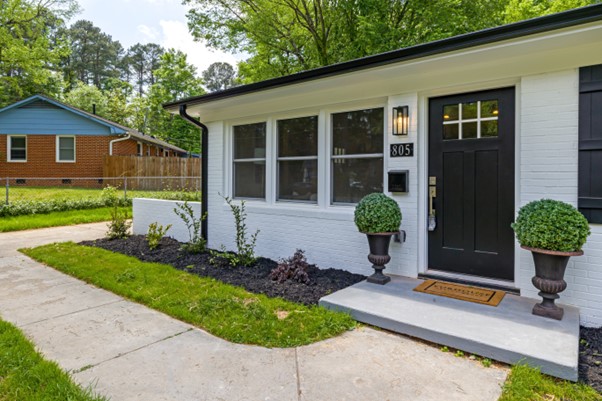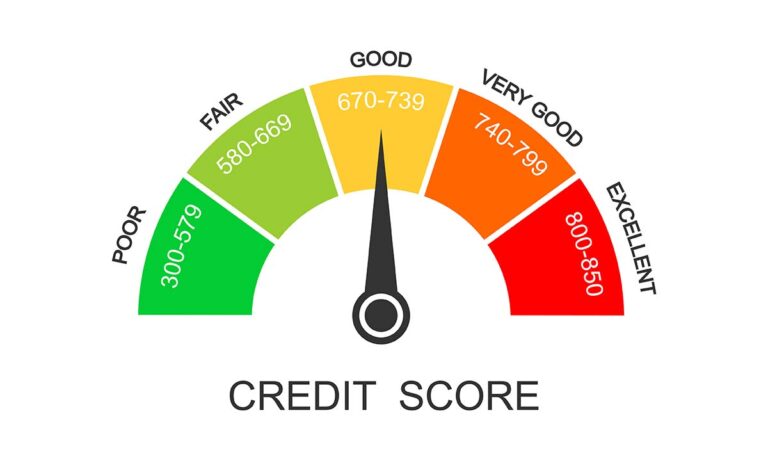Don’t Let Easements Restrict Use Of Your Property
You may think of an easement as just a right of way that is given over your property for example to a utility company for overhead power lines, phone cables or underground water pipes.
Many properties have easements, and they were often laid out back when the subdivision was created. You might share a common driveway with your neighbor, or perhaps have an access road at the back of your property that can be used by others.
There are many purposes for easements — rights given to someone else that allows them to use part of your property — and most of these are recorded in the public records in the county where the property is located. Anyone who searches those records will be able to identify the easements.
Recorded easements will be listed in your title report and covered by your policy of title insurance. If a title company overlooks an easement that is recorded, it will be liable to compensate you and/or or take the necessary steps to resolve the error. Potential problems arise when an easement is not recorded or goes unnoticed (sometimes for years), and it impacts a later — oftentimes serious — potential use of the property.
There are three types of easements:
- Easement in gross: These are recorded and described in your deed. They typically cannot be sold or assigned, and are given to a specific person or business entity — such as the telephone, water and/or electric companies for a specific use.
- Easement appurtenant: This is an interest in property set aside for things such as a shared driveway or access roads. These easements are often recorded — but many are not — and would not appear on the official title report. They would be listed as an exclusion in your policy of title coverage. Once created, they will normally stay with the property from owner to owner and be transferred with the title, although it will depend how the initial easement agreement was drafted.
- Prescriptive easement: This arises when someone uses part of your property without your permission over a period of time. When you look at a property, consider how you would be affected if, for example, an access road across the property, which now leads to a field where horses graze, were to later carry scores of cars if the land were sold to a developer and homes built on the land. Or, perhaps you intend to install a swimming pool in the back yard only to find out later that an undetected easement exists in the same spot you intended for the pool.
What would happen if the friendly neighbor who shares a common driveway sells his property, and the new owner refuses to help with repairs or upkeep?
Easements can also be described as “Negative or Affirmative” or as by “Express Grant or Easement by Implication.”
- Affirmative and Negative Easement – An affirmative easement allows the deed owner to use the easement for anything he or she wants. A negative easement contains restriction clauses that decree the exact use that may be made of the property.
- Express Grant and Easement by Implication – An express grant is created by a grant and must be in writing. It allows another party to use of your land. Alternatively, an easement by implication is a situation in which you sell your property but retain the right to use it. An example is retaining the right to use a cable running through the property even though you no longer own the land.
If you discover an easement, check the wording carefully. When a document grants an easement to a particular person, the restriction may end when either he or she dies or sells the property. If it is granted to someone for a term of years or to someone and his “heirs and assigns,” then the easement probably remains in effect no matter who owns the property.
Some types of easements — such as an access road or common driveway — can be extinguished by mutual consent of the parties. You may be able to either approach your neighbor and offer to buy his share of the easement property, or claim that the easement was “abandoned” and not used by your neighbor for a specified number of years. If your neighbor agrees to release his interest in the easement, the agreement can normally be terminated by filing a quit-claim deed. Since state law determines how a claim of abandonment must be handled, check with a local attorney to make sure you follow the proper procedures.
To prevent future problems, ask to look at the current owners’ survey, which may have been done when they purchased the property because it will reveal if any unrecorded easements exist. If no survey is available — and you suspect that there could be a right of way or shared use over part of the land that could be a potential problem — such as a fence that was built on the wrong side of the boundary line—you can order a new survey. You might have to cover the cost yourself, but it could be well worth the investment.
The encroaching neighbor (referred to as a “hostile user”) may argue that since the fence has been standing for a number of years and that a prescriptive easement now exists. If the “hostile user” meets all the requirements prescribed by law, he or she could then be entitled to the land. If you find about the “hostile use” in time, you could reclaim the land or alternatively offer to grant permission to your neighbor to use the land for a designated amount of time and prevent a permanent easement from being created.





